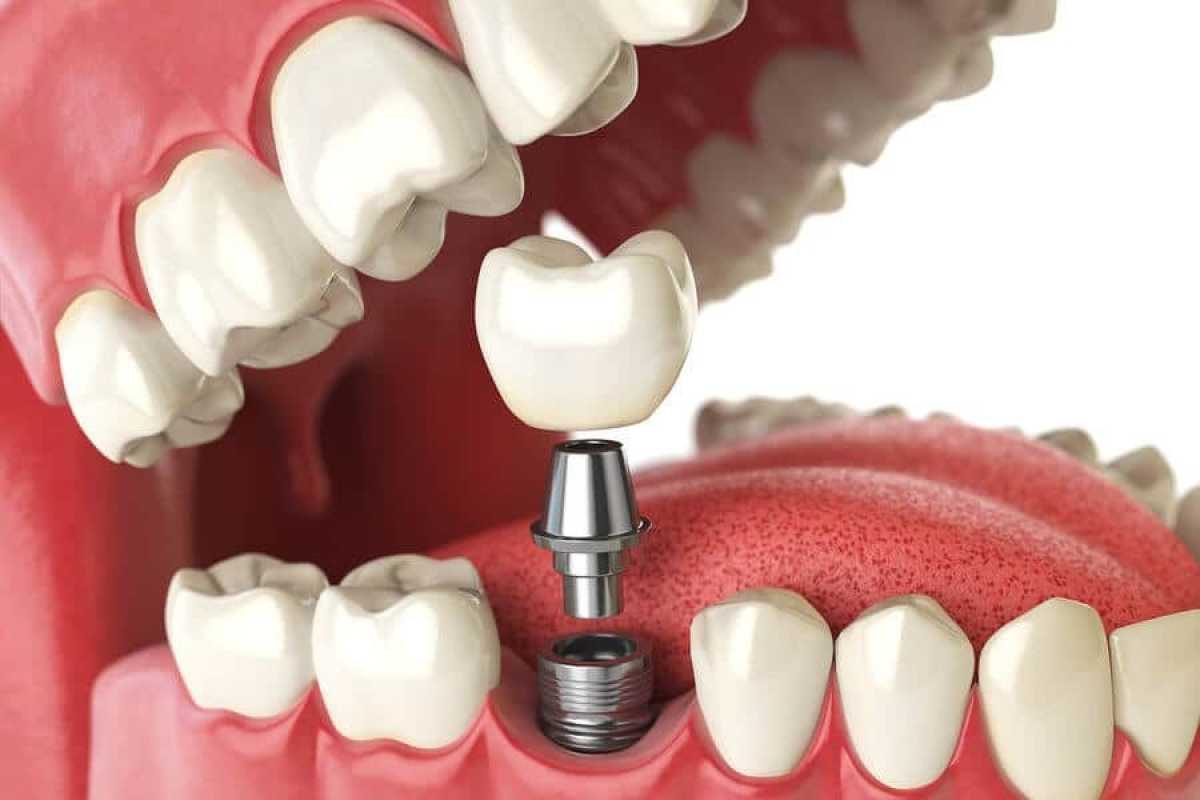8 Myths About Dental Implants
- - Category: Dental Care
- - 14 Jun, 2024
- - Views: 100
- Save

Dental Implants
Dental implants have evolved significantly since their debut, with changes to procedures, materials, and processes. For example, technological developments have allowed for shorter intervention and recovery periods, as well as minimally invasive procedures that provide the patient with minimum discomfort.
Nonetheless, there are several misunderstandings and incorrect beliefs concerning quick-loading implantology that lead many individuals to avoid consulting their dentist about this procedure. This inhibits people from enhancing their oral health and overall well-being. For this reason, we decided to compile a list of the most prevalent myths and explain what is true and what is false.
1. Implants are frequently rejected because they are a foreign element in the bone
This is untrue: dental implants are made of a "pure" titanium alloy. It is a bioinert metal, meaning it doesn’t react when in contact with live tissues or cells, and it doesn’t cause rejection. Instead, it integrates into the bone through normal biological healing processes. Failure of integration, also known as osseointegration, refers to the process by which an implant fails to connect the bone. Even if an implant fails, it is always possible to place it again.
2. Implants are only for the elderly
Although older adults are more likely to lose teeth and have them replaced with implants, anybody who has completed their bone growth (around the ages of 17 and 19) may require an implant. In young adults, the most prevalent cause is the loss of a dental piece due to trauma.
3. Implants require a lot of maintenance
Implants aren't as fragile as you would believe. They require little upkeep, and caring for an implant is as simple as brushing and flossing your natural teeth. Moreover, because implants are not prone to tooth decay or other dental problems like natural teeth, they are, in some respects, stronger than natural teeth.
4. Implants have a low success rate
Millions of Americans have avoided getting implants because they believe they have a poor success rate or may have negative side effects. Implants are constructed of titanium and ceramic, which are chemically inert and do not react with the anchoring tissue or bone. Therefore, they have no known negative effects.
5. Implants can’t be implanted if I do not have enough bone
Although each case is unique, today's 3D reconstruction techniques enable surgery to be performed digitally, as well as to predict and fix difficulties such as bone loss. When necessary, a bone graft for a dental implant or tissue regeneration techniques is used, such as autologous membranes generated from the body and rich in growth factors and leukocytes, which speed up and strengthen tissue healing processes.
6. Implants are noticeable
Implants will not only look like real teeth but will also function like them. If you're concerned about others seeing you have an implant, be assured that it will look as natural as the rest of your teeth and be unnoticed.
7. Implants might limit your diet
You may eat everything you want with dental implants, and they do not limit your diet in any way. You may have discomfort when chewing during the healing and adjustment phase following an implant treatment, but this will go away quickly, and you will be able to consume, chew, and bite into any item you like.
8. Any dentist may set dental implants
This is not only a myth; it is a dangerous one. The specialist who performs this intervention must have a minimum level of experience based on the degree of difficulty of each case. There is no doubt that surgical implant placement is a complex procedure that combines multiple professions, including surgery and prosthetics. A single professional will seldom be able to achieve the highest level of specialization of all of them, yet they will occasionally be able to solve the most basic problems, or at least those to the best of their ability.

